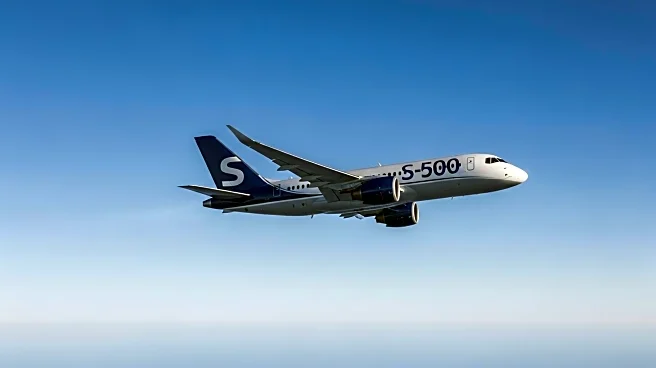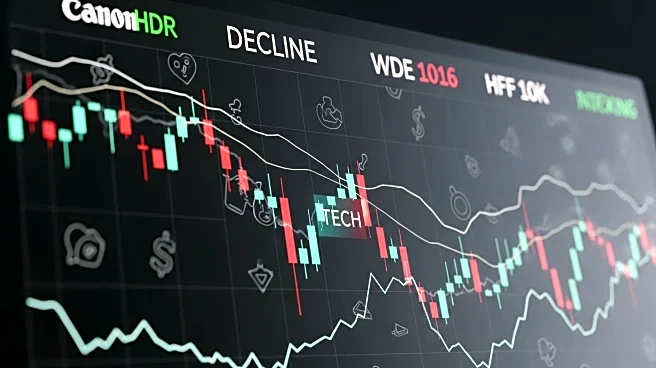What's Happening?
The S&P 500 is poised to end August with a 2% increase, following a 2.2% rise in July, marking its fourth consecutive monthly gain. Historically, September is the worst month for the index, averaging a 0.7% decline. In years where the index gained over 2% in both July and August, the average September decline increases to 1%. Jeffrey Hirsch, author of the Stock Trader's Almanac, suggests that third-quarter weakness may occur later than usual due to delayed first-quarter market difficulties. Despite potential volatility, Hirsch maintains a positive outlook for the year, predicting full-year gains between 12% and 20%.
Why It's Important?
The potential for market turbulence in September could impact investors and financial markets, particularly those relying on the S&P 500's performance. Historical patterns suggest a likelihood of declines, which could affect investment strategies and economic forecasts. Hirsch's optimistic outlook, however, provides reassurance that any pullback may be short-lived, offering a potential opportunity for investors to capitalize on market fluctuations.
What's Next?
Investors and analysts will closely monitor market trends and economic indicators as September approaches, assessing the likelihood of a downturn. Stakeholders may adjust their strategies to mitigate risks associated with historical volatility, while remaining alert to potential opportunities for gains later in the year.











